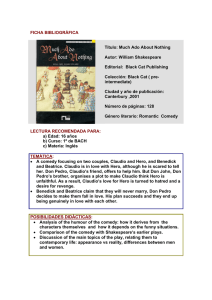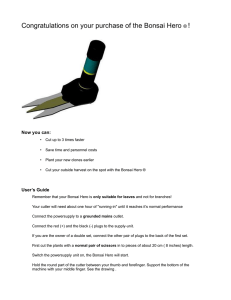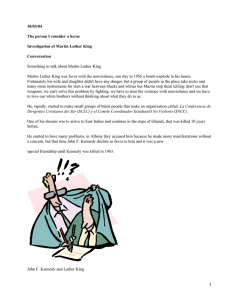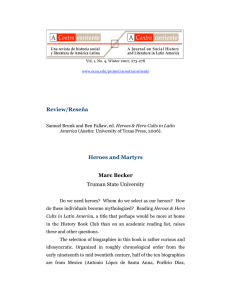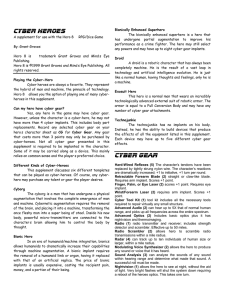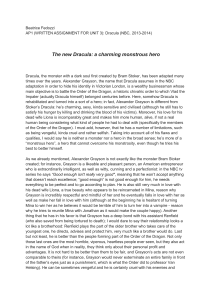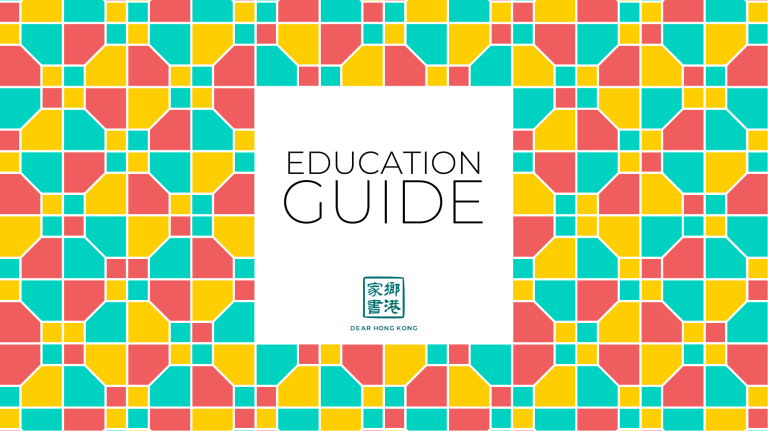
EDUCATION GUIDE DIVERSITY IDENTITY EQUALITY DIVERSITY DIVERSITY CULTURAL ICEBERGS Secondary school TO KNOW & UNDERSTAND Time (min) 10 Present the cultural iceberg 10 Ask students to create an iceberg for themselves 5 Present to a partner 15 Give the students 1 story from DHK to read. Ask students to create an Iceberg for the Hero by: • just by looking at the picture: filling the visible part • After reading the story: filling the invisible part • Add any things that they do not know about the Hero 10 Sharing their assumptions (on the iceberg) and extra questions they have to complete the Hero’s cultural iceberg in small groups (4-6 students) Interculturality • What is a culture • How can we learn about others and their cultures? Learning & teaching activities procedures TO APPLY • Prepare iceberg drawing on several flipcharts 10 Invite DHK Hero to class which the students worked on the iceberg for him/her • Example of a full iceberg • Arrange and invite DHK hero to the class or ask them to record a video Finalize the questions you prepared to complete the iceberg 15 Hero can then tell more details about themselves mostly from the invisible parts of the iceberg (where they grew up, their hopes, their dreams, their social status, etc.) Students meanwhile are filling the iceberg 10 Q&A for the Hero to finalize the iceberg 10 Afterwards the Hero can assess the icebergs and comment to the students' efforts to understand his/her culture DIVERSITY CULTURAL ICEBERGS Secondary school Interculturality • What is a culture TO KNOW & UNDERSTAND Time (min) Present the cultural iceberg 10 Ask students to create an iceberg for themselves 5 Present to a partner 15 Give the students 1 story from DHK to read. Ask students to create an Iceberg for the Hero by: • just by looking at the picture: filling the visible part • After reading the story: filling the invisible part • Add any things that they do not know about the Hero 10 Finalize the questions you prepared to complete the iceberg Learning & teaching activities procedures 10 Sharing their assumptions (on the iceberg) and extra questions they have to complete the Hero’s cultural iceberg in small groups (4-6 students) • How can we learn about others and their cultures? TO APPLY 10 15 Invite DHK Hero to class which the students worked on the iceberg for him/her Hero can then tell more details about themselves mostly from the invisible parts of the iceberg (where they grew up, their hopes, their dreams, their social status, etc.) Students meanwhile are filling the iceberg 10 Q&A for the Hero to finalize the iceberg 10 Afterwards the Hero can assess the icebergs and comment to the students' efforts to understand his/her culture • Prepare iceberg drawing on several flipcharts • Example of a full iceberg • Arrange and invite DHK hero to the class or ask them to record a video

